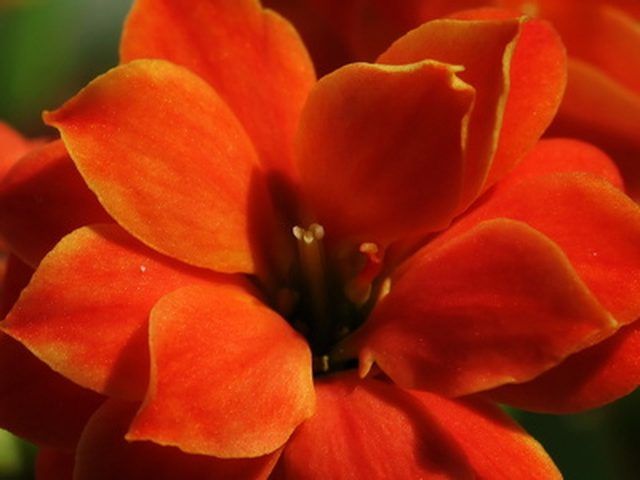Bulbs
Flower Basics
Flower Beds & Specialty Gardens
Flower Garden
Garden Furniture
Garden Gnomes
Garden Seeds
Garden Sheds
Garden Statues
Garden Tools & Supplies
Gardening Basics
Green & Organic
Groundcovers & Vines
Growing Annuals
Growing Basil
Growing Beans
Growing Berries
Growing Blueberries
Growing Cactus
Growing Corn
Growing Cotton
Growing Edibles
Growing Flowers
Growing Garlic
Growing Grapes
Growing Grass
Growing Herbs
Growing Jasmine
Growing Mint
Growing Mushrooms
Orchids
Growing Peanuts
Growing Perennials
Growing Plants
Growing Rosemary
Growing Roses
Growing Strawberries
Growing Sunflowers
Growing Thyme
Growing Tomatoes
Growing Tulips
Growing Vegetables
Herb Basics
Herb Garden
Indoor Growing
Landscaping Basics
Landscaping Patios
Landscaping Plants
Landscaping Shrubs
Landscaping Trees
Landscaping Walks & Pathways
Lawn Basics
Lawn Maintenance
Lawn Mowers
Lawn Ornaments
Lawn Planting
Lawn Tools
Outdoor Growing
Overall Landscape Planning
Pests, Weeds & Problems
Plant Basics
Rock Garden
Rose Garden
Shrubs
Soil
Specialty Gardens
Trees
Vegetable Garden
Yard Maintenance
How to Repot Kalanchoe
How to Repot Kalanchoe. Kalanchoe, like most house plants, will outgrow its pot over time. Plants that are not repotted annually may become rootboud and suffer the ill effects of an inefficient root system. They also will cease to grow and flower in the normal pattern because the amount of soil they are potted in cannot support their nutritional...

Kalanchoe, like most house plants, will outgrow its pot over time. Plants that are not repotted annually may become rootboud and suffer the ill effects of an inefficient root system. They also will cease to grow and flower in the normal pattern because the amount of soil they are potted in cannot support their nutritional needs. Repotting kalanchoe will protect the plant from the ill effects of living in cramped quarters.
Things You'll Need
Potting soil
Peat moss
Prepare your kalanchoe for replanting in the spring. Replant it in late February or early March before it enters the active growing season and begins to flower.
Stop watering the kalanchoe about two weeks before repotting so that the soil dries out completely.
Tap the bottom of the pot to break the roots loose from the container. Support the root mass at the base of the stem with the palm of your hand. Turn the pot over so that the plant is upside down and lift off the pot.
Remove the soil from the root mass. Break the soil apart and work it loose with a pencil.
Mix a pro-mix potting soil with a heaping handful of peat. Pot the kalanchoe in porous soil that will drain moisture from the root system.
Saturate the potting mixture and spread it out on a hard surface so that it dries slightly.
Test the soil's pH with a soil testing kit if you aren't sure of the nutrient balance, which should be 5.8 to 6.3 for the kalanchoe. Add whatever amendments are recommended by the test.
Prepare a pot that is one size larger than your kalanchoe's current home. Line the bottom of the pot with foam packing material to ensure appropriate drainage and aeration.
Layer 1/2 inch of the potting mixture on top of the foam material. Place the kalanchoe into the pot, leaving about 1/2 inch between the top of the root mass and the rim of the pot.
Fill in under and around the root system with soil. Pour warm water over the soil to settle it, and add more soil until the pot is full. Keep watering the plant and adding soil until there is 1/4 to 1/8 of an inch between the soil and the top of the pot.
Tips & Warnings
Place the potted plant in an area where it will stay between 70 and 75 degrees F during the day, and above 50 degrees F at night. The location also should provide the kalanchoe with a few hours of bright direct sunlight daily, and natural night darkness.